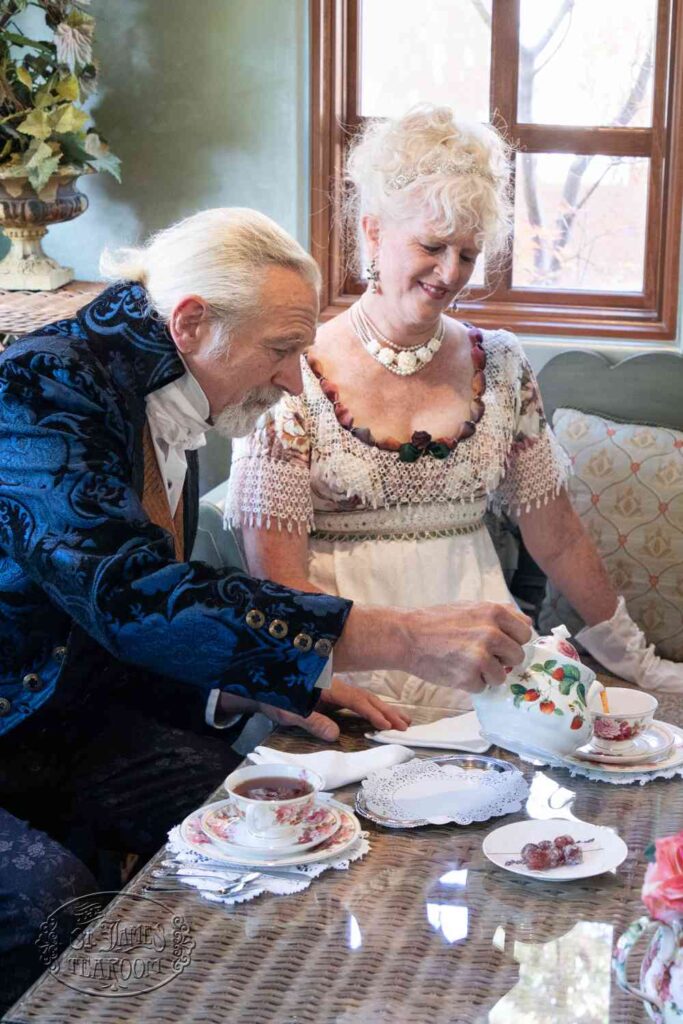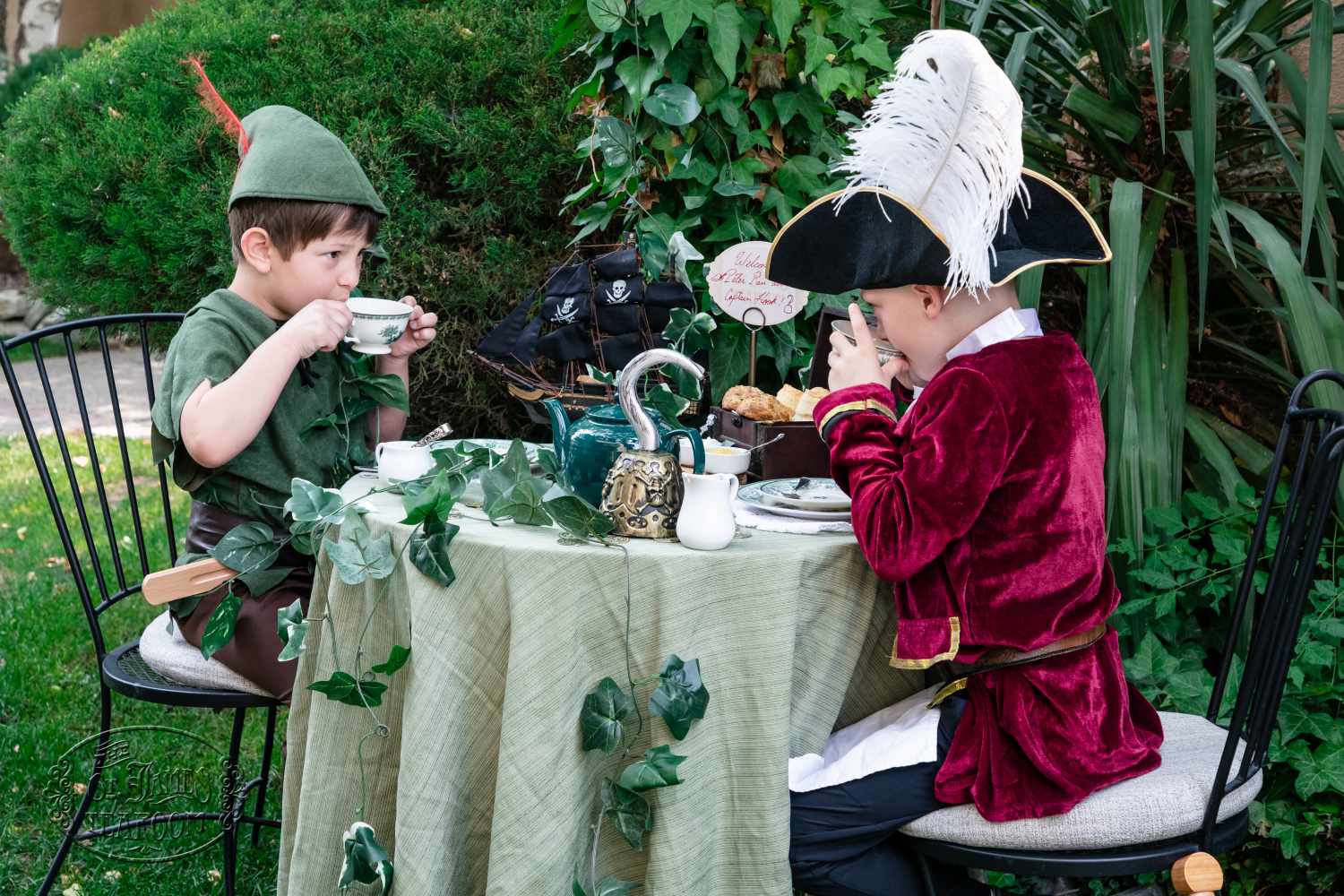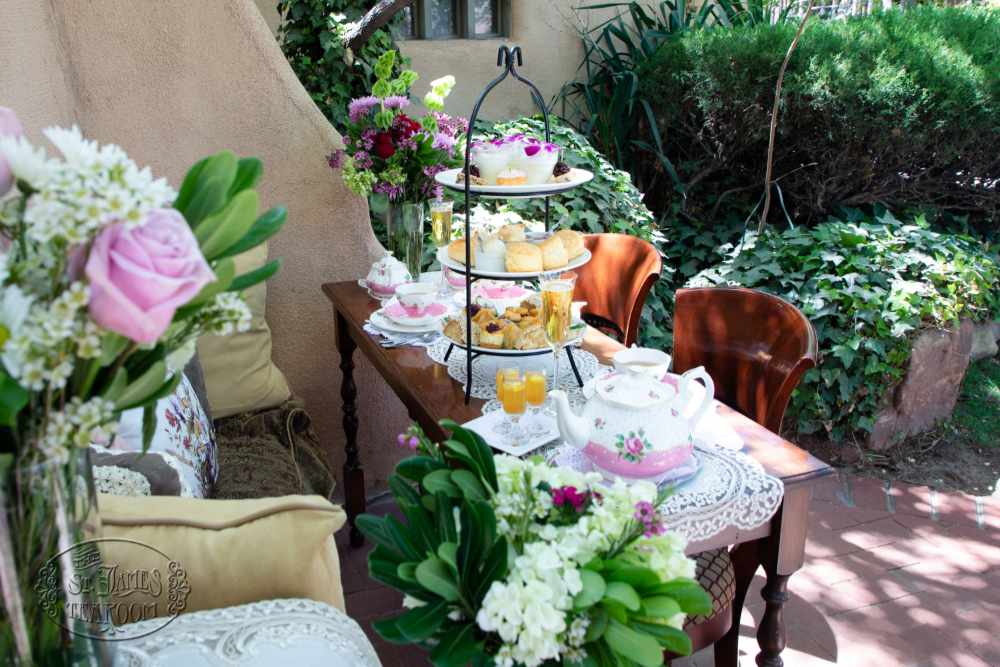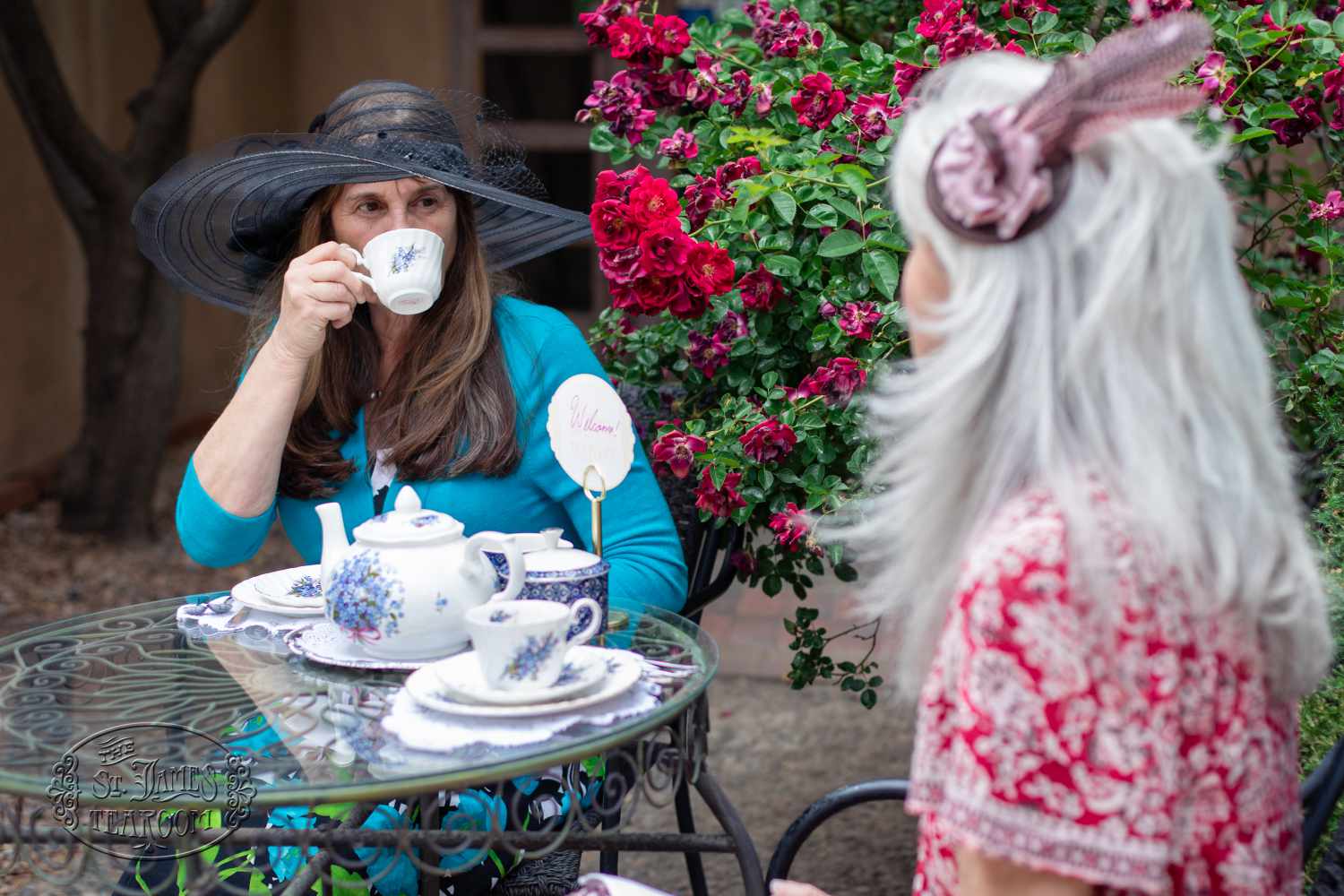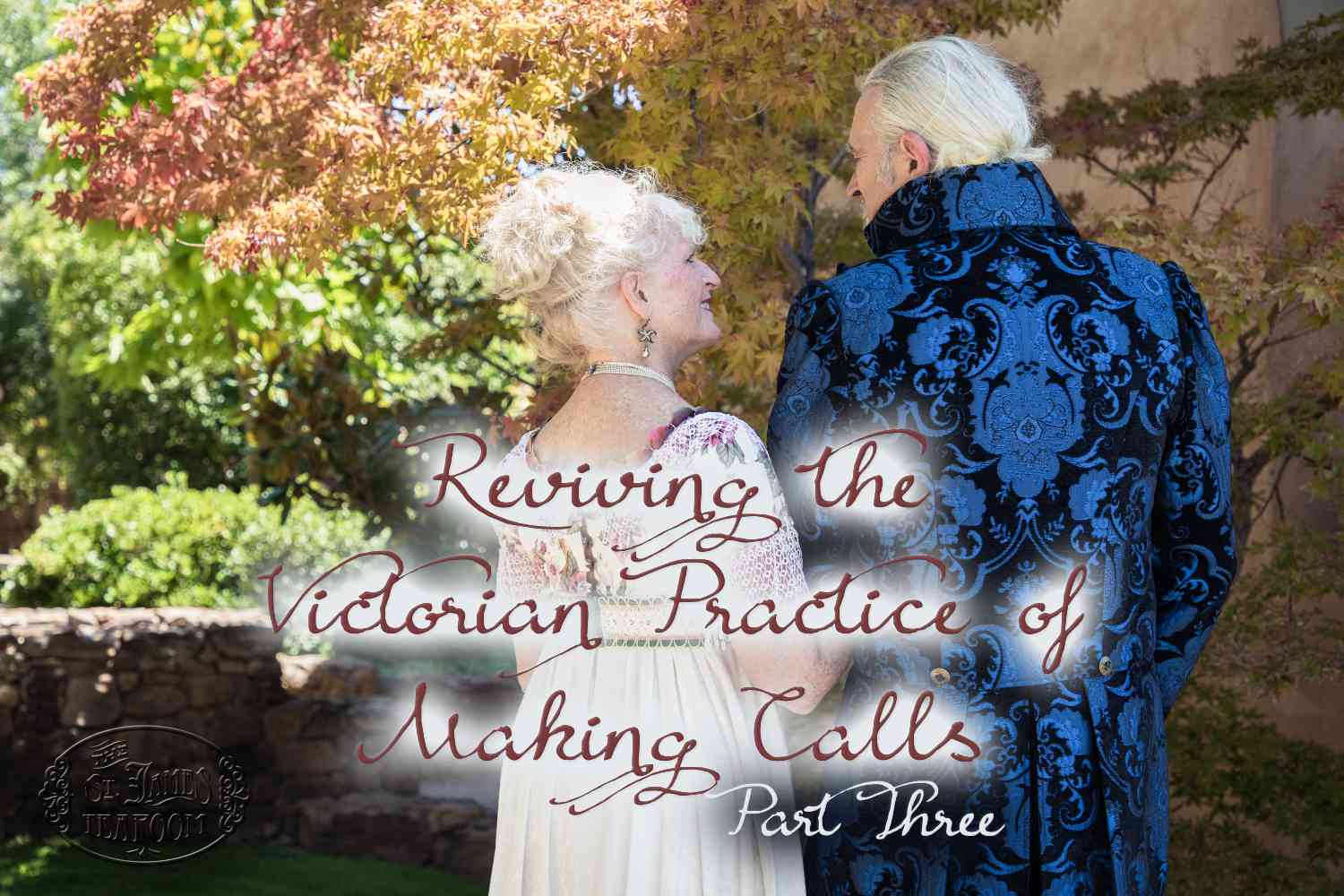
Reviving the Victorian Practice of Making Calls – Part Three
The practice of “calling” upon one’s friends and acquaintances in days gone by seems to our modern sensibilities as charming, but entirely irrelevant for our own way of life. Is it possible that this quaint Victorian pastime could have any social applicability in our day and age?
Don’t miss Part One or Part Two of this blog series, where we explain the history of the Victorian Practice of Making Calls and discuss how the practice is relevant to us today.

Modern-day Examples of the Victorian Practice of Making Calls
A lovely young woman who is far from home living in the dorm as a freshman in college has developed a lively cultural tradition in that place and created her own rendition of this social custom.
It started with her roommates. Before she even left for college, she learned the names of her roommates. She asked for a teapot and cups to take with her. Together, these roommates established a time for tea. Soon, this young lady would simply send out a text to others in the dorm: “It’s tea time!” and they would come running. The last time she did this, fourteen girls were crowded into her small room, enjoying each other’s face-to-face attention.
“It’s tea time!” is this young lady’s way of being “At Home.” She may not realize it, but she is developing a culture in her dormitory. It is a social culture of “attending to others,” of valuing and honoring others with face-to-face, “I’m-glad-to-be-with-you” attention.

A number of years ago, a dear friend had to move away from her home and friends here, to a city where she knew not a soul. How I missed her! We started trying to talk by phone every Tuesday, and this has developed into a weekly, three-way zoom call with another dear friend at one thirty every Tuesday. This established appointment is our way of being “At Home” for each other. We are glad to be together, and every week, it is more than worth the time and effort it takes.
“Attention is the most basic form of love.”

Two young women who left their countries to marry American men met and realized they had much in common. They wanted to get to know one another, and this is how they decided to accomplish it: both were busy young mothers, so they set aside one hour (only one) every Wednesday to sit together over a cup of tea. No food, for this might prove to be more than they could handle, but over simple cups of tea, they could be “At Home” for each other. This time developed into the sweetest and deepest of friendships which has lasted these many, many years.

Attending to others. Social fitness. Making the time, spending the effort to establish connections and communicate to each other that “You are important and I am glad to be with you” is wealth untold. It is the most valuable commodity of the twenty-first century. It creates a caring culture around us and increases our own flourishing. The quaint social courtesy of “calling” has a great deal of relevance to our own current culture, I believe. We simply need to work out how to apply the timeless human principle that motivated this lovely Victorian social custom.
I am wondering how you do this. How do you “make calls” or be “at home” for others in our own, modern time?

Curious about the history behind the practice of “making calls” or how the practice is relevant to us today? Read Reviving the Victorian Practice of Making Calls: Part One and Part Two of this Blog Series.
Yours for the return of Grace, Civility, Beauty, Gentility, and Excellence,
Mary Alice

